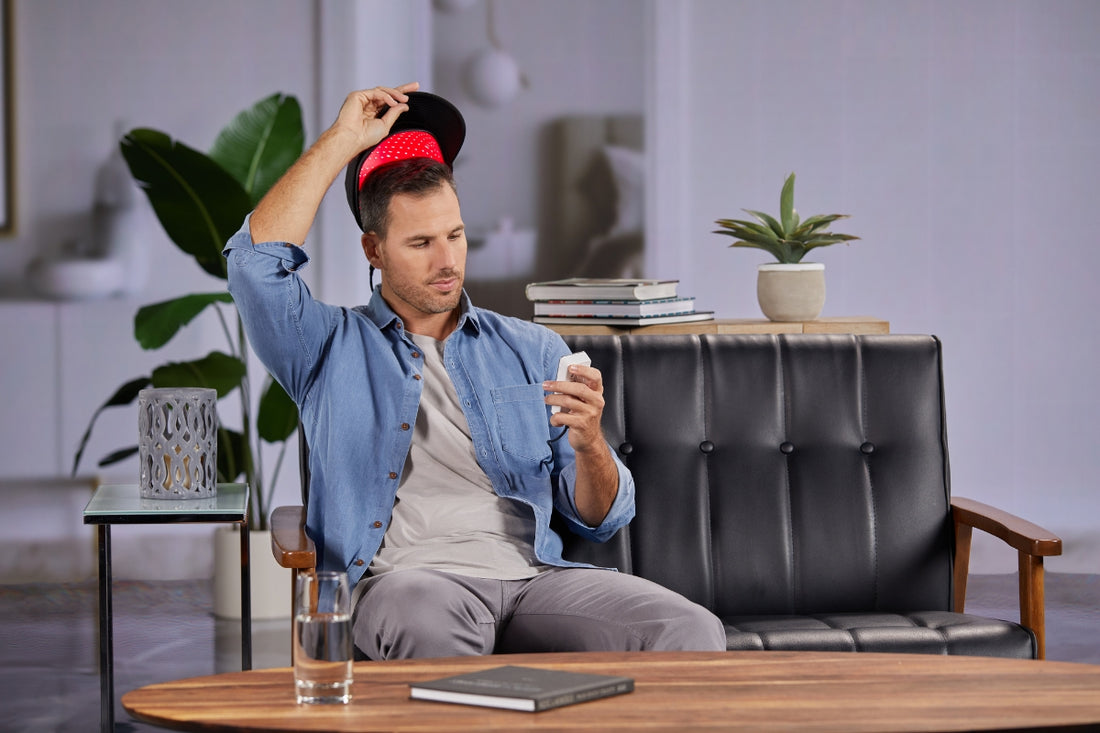
Top 5 Myths About Laser Hair Regrowth Treatments
Share
One of the most popular misconceptions about laser hair regrowth treatments is that they yield fast results. In truth, laser therapy for hair growth takes time and persistence. Most people require multiple treatments over several months before they notice substantial changes in hair thickness and regeneration. Hair grows in cycles, therefore laser therapy works gradually by stimulating dormant hair follicles and boosting growth over time.
Laser therapy works for everyone
Another common misunderstanding is that laser hair restoration treatments are effective for all types of hair loss. In truth, the efficacy of laser therapy is highly dependent on the individual and the type of hair loss being treated. Laser therapy is most beneficial for people who have androgenetic alopecia (male and female pattern baldness) or thin hair. People who have hair loss due to scars, severe baldness, or medical problems like alopecia areata may not have the same outcomes. Before beginning treatment, you should consult with a physician to evaluate whether laser therapy is appropriate for your condition.
Laser therapy can cause hair damage or burns. Some people are concerned that laser therapy would cause burns or damage to their hair and scalp. However, low-level laser therapy (LLLT), which is used for hair regrowth, uses a wavelength that is non-invasive and safe. The lasers utilized in these treatments do not emit heat that can burn or harm the skin or hair follicles. Unlike high-powered lasers used for hair removal, LLLT increases cellular activity in follicles while inflicting no harm. Laser therapy, when properly applied, is safe and FDA-approved for hair growth.
You Can Do Laser Therapy at Home and Get the Same Results as Clinics. At-home laser devices have gained in popularity, leading some to believe they may produce the same outcomes as professional treatments in clinics. While some at-home devices are FDA-cleared and effective, they often offer less power and coverage than professional-grade equipment. As a result, at-home devices may be less effective or produce slower results. Furthermore, inappropriate usage of these devices may produce inferior results. Consulting a specialist is often more dependable in ensuring that the treatment is tailored to your unique needs and evaluated for efficacy.
Conclusion
Laser hair regrowth treatments offer promising results, but they are not magic solutions that work instantly or for everyone. Understanding the realities, such as the need for time, consistency, and sometimes continued treatment, can help set realistic expectations. For individuals suffering from androgenetic alopecia, laser therapy can be a valuable tool, but always seek professional guidance to ensure it’s the right approach for your hair loss situation.



